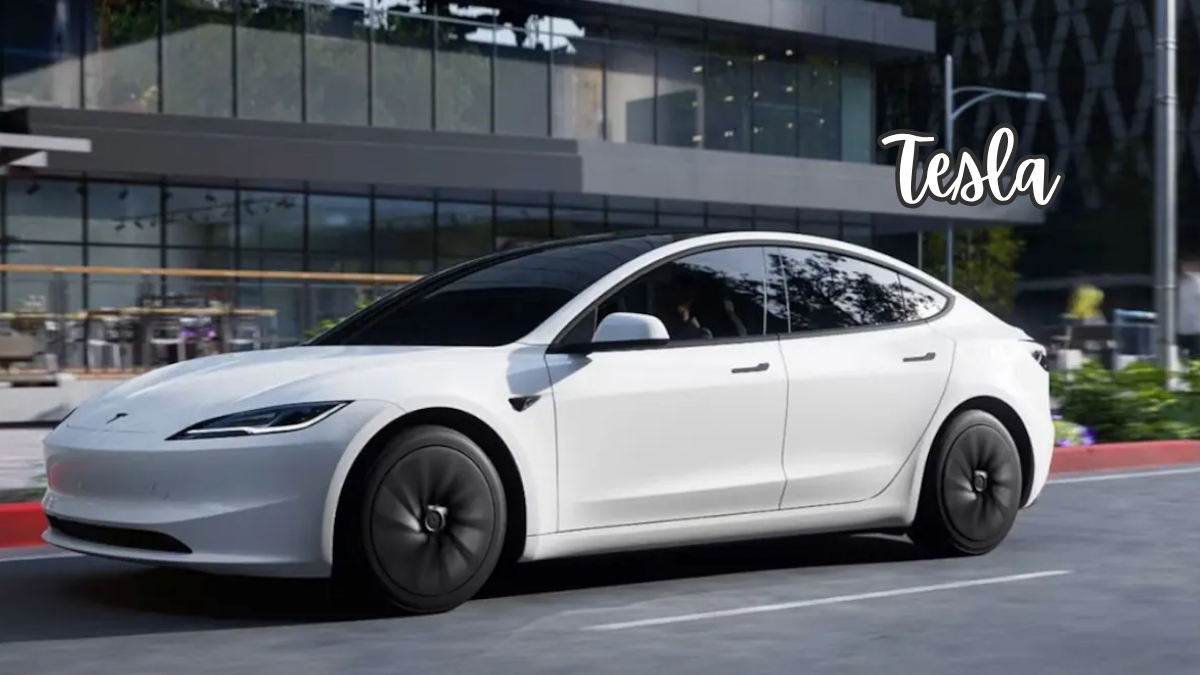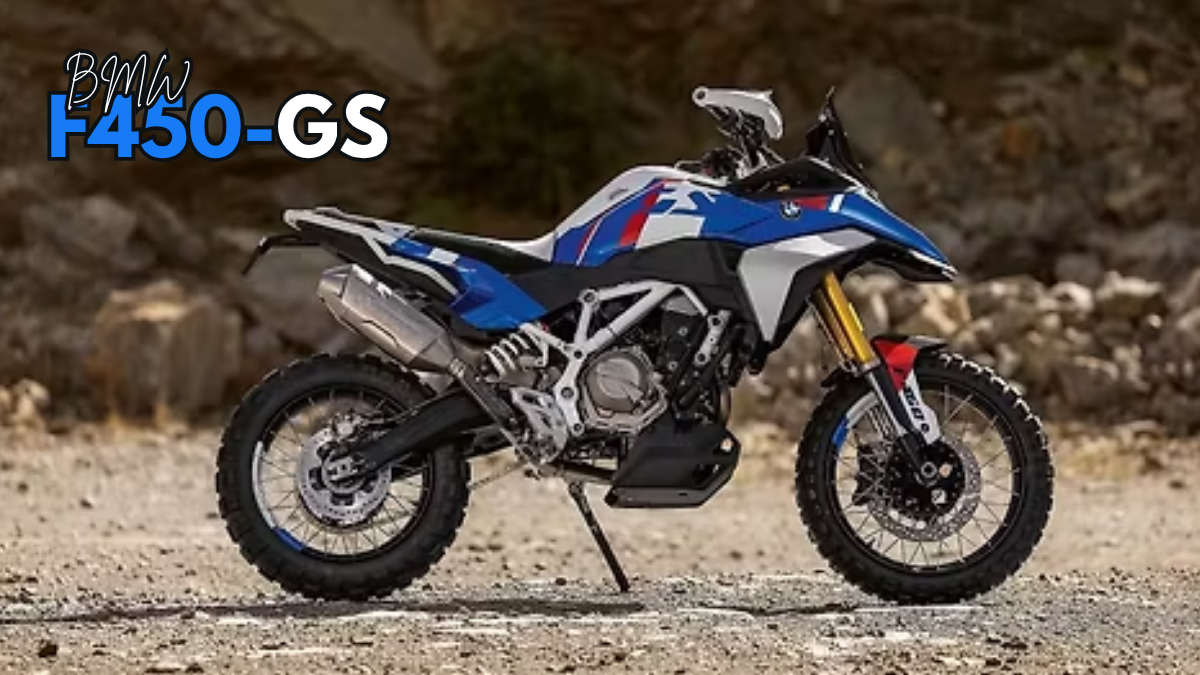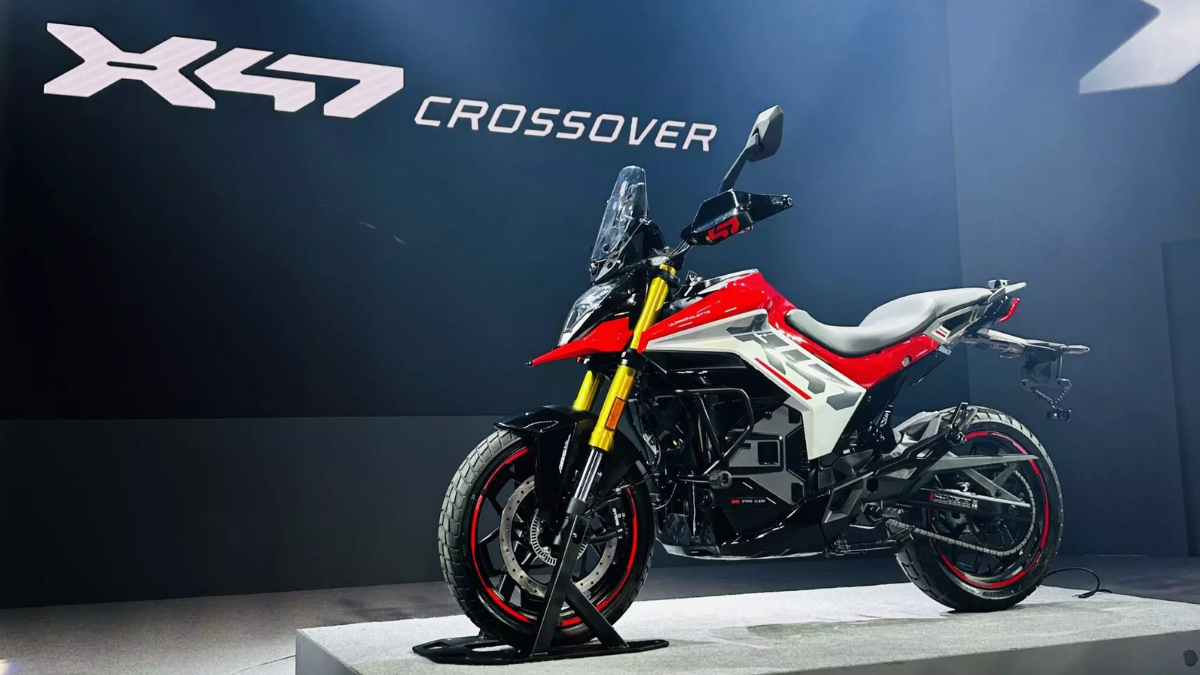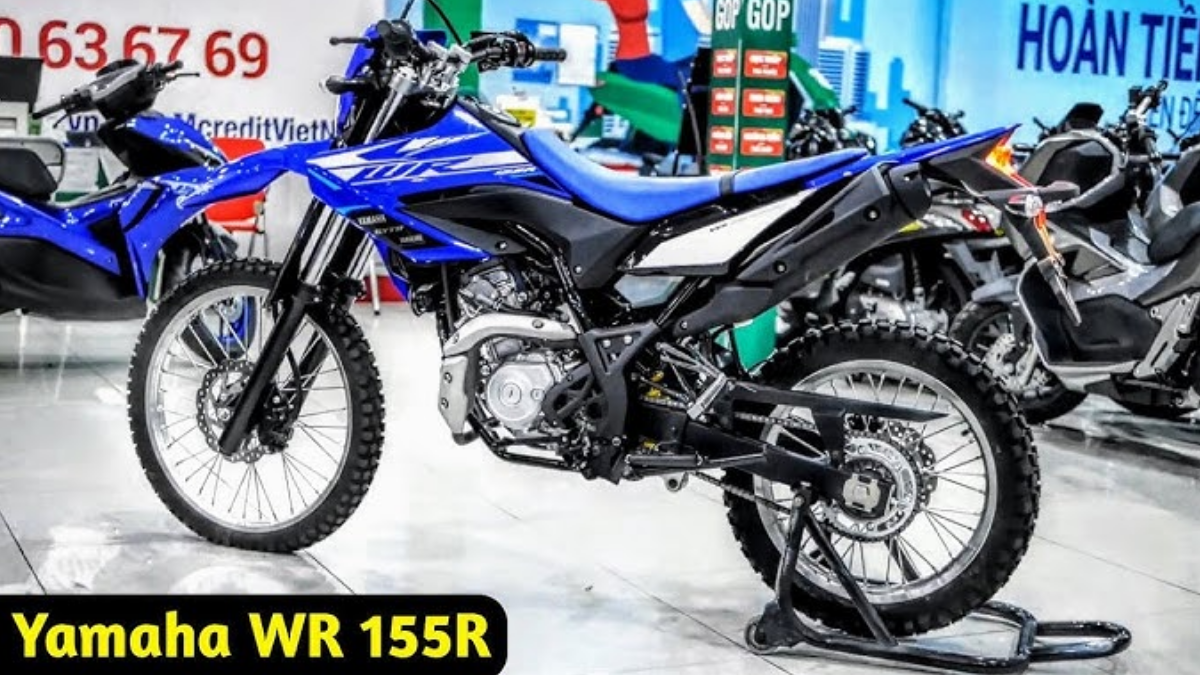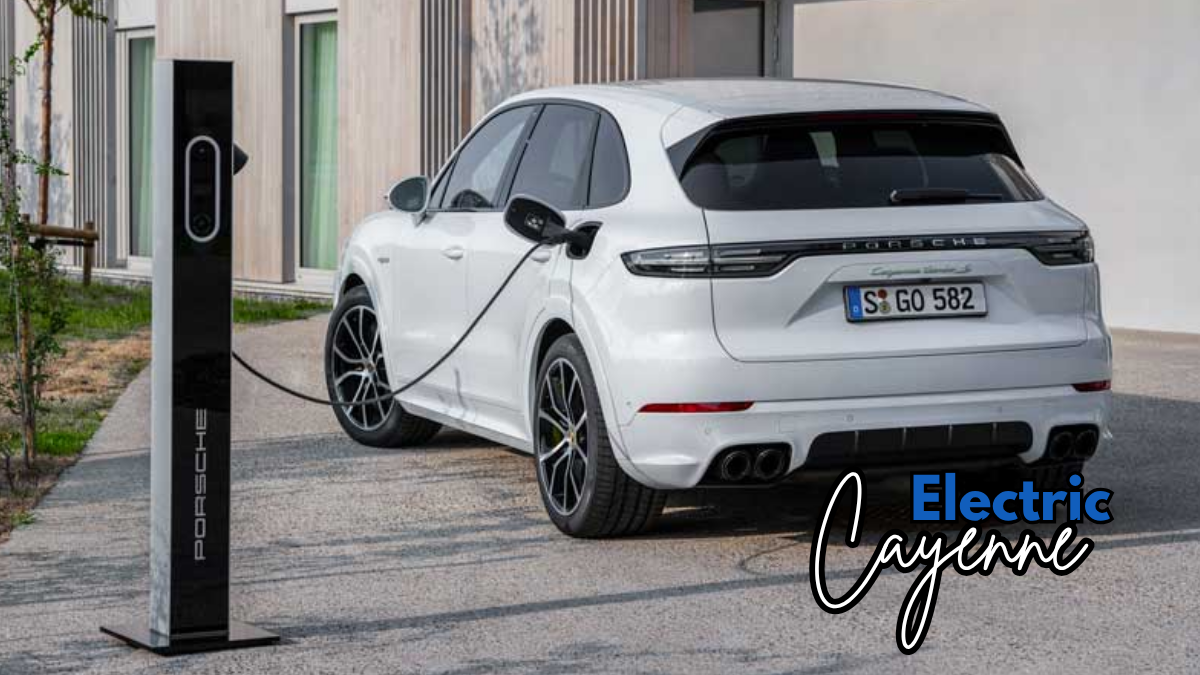A Lower Entry Point To Boost Demand
Tesla has introduced two new entry-level trims Model Y Standard and Model 3 Standard to make its most popular vehicles more accessible. The timing aligns with a competitive EV market and a slowdown in sales growth, and the strategy is simple: reduce the upfront price while keeping Tesla’s core software-first experience intact. The Long Range models shift under a “Premium” label, clearly separating value-focused buyers from those seeking longer range and more features. For now, these new Standard variants are available in the United States.
Model Y Standard: What’s Different
Exterior and Options
The Model Y Standard takes a pared-back approach to styling and equipment:
- Lighting: The front light bars seen on other variants are not present on the Standard trim.
- Wheels: Comes with 18-inch wheels as standard, trading some visual drama for cost savings and efficiency.
- Glass roof: The panoramic sunroof offered on higher trims is eliminated in the Standard variant.
- Colors: The palette is streamlined to three choices—white, black, and grey—to simplify production and hold costs down.
Interior and Features
A number of comfort and convenience features are trimmed:
- No second-row display and no rear-seat heating.
- Manual adjustment for the steering column and side mirrors instead of powered memory functions.
- A 7-speaker audio system replaces the more elaborate 15-speaker setup in premium versions.
Despite these changes, the Model Y Standard preserves Tesla’s hallmark 15.4-inch central touchscreen, Autopilot, Sentry Mode, and the brand’s software-driven experience with frequent over-the-air updates.
Powertrain and Range
Under the skin, the Model Y Standard uses a 69.5 kWh battery. Tesla cites up to 300 hp and a claimed range of 517 km on a single charge. The exact real-world figure will vary based on driving style, temperature, terrain, and wheel choice, but the positioning makes it a compelling city and suburban commuter.
Quick Summary
Item |
Details |
|---|---|
What’s new |
Entry-level “Standard” variants for Model Y and Model 3 |
Market availability |
United States (initially) |
Battery |
69.5 kWh pack (both Standard variants) |
Claimed power |
Up to 300 hp (Model Y Standard) |
Claimed range |
Up to 517 km per charge (brand-claimed) |
0–100 km/h |
Model 3 Standard: 5.8 seconds (slower than Model 3 RWD Premium) |
Headline prices (US) |
Model 3 Standard: USD 36,990; Model Y Standard: USD 39,990 |
What’s removed vs higher trims |
Fewer comfort features, simplified options and colors |
Core Tesla tech retained |
15.4-inch center screen, Autopilot, Sentry Mode |
Official site |
Model 3 Standard: Back-To-Basics, Without Losing Character
Exterior and Options
The Model 3 Standard follows a similar cost-focused playbook:
- Wheels: 18-inch wheels are standard, with an optional 19-inch upgrade for buyers who want more visual presence.
- Colors: Grey is standard; black can be selected at an additional cost.
Interior and Features
Unlike the Model Y Standard, the Model 3 Standard retains the panoramic sunroof. It also keeps a rear touchscreen unit, maintaining the sedan’s modern, tech-forward cabin feel. Some premium amenities are pared back to differentiate it from higher trims and hit the lower price.
Performance and Battery
Tesla aligns the Model 3 Standard closely to the Model Y Standard on the energy storage side, using the same 69.5 kWh battery pack and quoting a claimed 517 km range. In straight-line performance, the Model 3 Standard is slower than the Model 3 Premium RWD, with a 0–100 km/h time of 5.8 seconds. That said, the acceleration remains brisk for an entry EV sedan, and the payoff is a significantly lower price.
Pricing: The New Floor For Each Nameplate
- Model 3 Standard: USD 36,990 (approximately Rs 32.8 lakh) and represents a price drop of nearly USD 5,000 from the previous starting point for the lineup.
- Model Y Standard: USD 39,990 (approximately Rs 35.5 lakh).
These prices aim squarely at buyers who want the Tesla experience without the cost of Long Range or Performance variants—especially those whose daily usage does not require the maximum range or the strongest acceleration.
What You Still Get: The Core Tesla Experience
Even with trimmed luxury and convenience features, both Standard variants keep the elements that define a Tesla:
- 15.4-inch central touchscreen with the latest Tesla UI.
- Autopilot driver assistance as standard.
- Sentry Mode for parked-vehicle monitoring.
- Over-the-air updates that can bring new features, refinements, and efficiency tweaks over time.
- Connected services and app-based controls for locking, climate preconditioning, and charge management.
Who Should Consider The Standard Variants?
- Urban and suburban commuters who prioritize price and software features over maximum range.
- First-time EV buyers looking for a mainstream entry point without giving up Tesla’s tech ecosystem.
- Fleet buyers seeking total cost of ownership advantages and over-the-air maintainability.
- Value seekers who want Tesla’s charging, app experience, and brand cachet at a lower initial outlay.
If your driving pattern routinely involves long highway stints or you want all the comfort features, the Premium (Long Range) trims may still be a better fit.
Official Site
Learn more, configure, and check local availability here:
https://www.tesla.com
Frequently Asked Questions (FAQs)
1) Are the Model Y Standard and Model 3 Standard available outside the US?
At present, these Standard variants are available in the US. Market rollouts can vary, so international availability would depend on future announcements.
2) What are the biggest feature differences from higher trims?
Fewer comfort and convenience features, simplified color choices, and smaller standard wheels. Model Y Standard deletes the panoramic sunroof; Model 3 Standard retains it.
3) Do the Standard variants still receive over-the-air updates?
Yes. Both keep Tesla’s software-first architecture, including OTA updates, Autopilot, and Sentry Mode.
4) Is the 517 km range real-world?
The 517 km figure is a claimed range. Actual range depends on driving conditions, speed, temperature, wheel size, and climate control usage.
5) How does performance compare with Premium trims?
Model 3 Standard’s 0–100 km/h in 5.8 s is slower than the Model 3 Premium RWD. The Standard cars prioritize affordability over outright performance.
6) Why did Tesla launch these trims now?
To create a lower entry price, broaden the addressable market, and respond to intensifying EV competition.
7) What charging hardware do they support?
They are compatible with Tesla’s charging ecosystem and third-party solutions as applicable in the US. Exact connectors and adapter support vary by region and configuration.
Conclusion: Strategic De-Contenting, Same Tesla DNA
With the Model Y Standard and Model 3 Standard, Tesla is strategically de-contenting to hit a sharper price point while preserving the core digital experience that defines the brand. The move should appeal to value-focused buyers and fleets, potentially revitalizing demand without compromising on the software, connectivity, and charging advantages that keep Tesla competitive. For shoppers who can live without some luxury features and maximum range, these new Standard variants provide a timely, cost-effective doorway into the Tesla ecosystem.
For More Information Click Here
